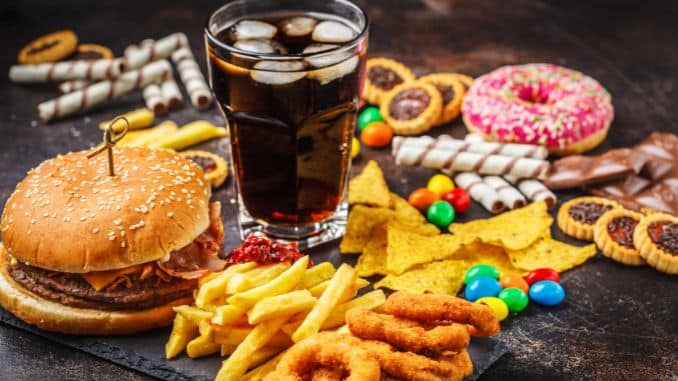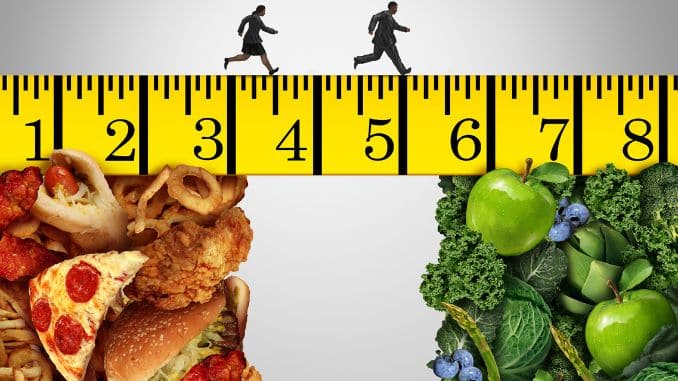
Humans certainly need food to survive. This is indeed one of the necessities of life. But how would we know if food is already disrupting the balance of human health? There are so many factors that should be considered in selecting which food to eat or not. Furthermore, one concern goes with acidity levels of foods as it is known to impact the human body. So, let’s know more about some Acidic Foods as we go on.
Each person aims to be healthy and stay healthy, maintaining a proper pH balance. The types of foods you eat certainly affect your body’s pH level.
PH Level Of Human Body
The human body’s average pH level is about 7.40, which is perfect for maintaining the body’s biological processes, as its most important function is to regulate blood oxygenation. Moreover, different parts of the human body have different pH levels. The digestive system’s pH certainly ranges from extremely acidic to slightly alkaline. The following table shows the pH level of other parts of the human body.
| Body Fluid/Fluid | Role | PH Level |
| Saliva | Eases the passage of food through the food pipe and breaks down starch. | 6.5-7.5 |
| Upper stomach | Begins the pre-digestion process. | 4.0-6.5 |
| Lower stomach | Releases hydrochloric acid to break down food and kill bacteria. | 1.5-3.5 |
| Small intestine | Completes digestion and absorbs nutrients into the bloodstream. | 6.0-7.4 |
| Large intestine | Absorbs water and eliminates undigested food and fiber. | 5.0-8.0 |
Although diet may affect the pH of your urine, studies generally suggest that consuming acidic or alkaline foods has no significant impact on the pH level of the human blood.
Acidic Foods And Their Effects
Some people consume acidic foods that may cause gastric issues, such as gastroesophageal reflux disease (GERD). This is because they might increase the acidity in your stomach, and the contents of your stomach can come into contact with your esophagus, producing the classic symptoms of heartburn.
Some side effects from consuming foods that are too acidic also include listlessness, depression, headaches, acne, dry skin, mood swings, poor digestion, brittle nails and hair, and sensitive gums. Also, a mild case of acidosis can increase free radicals in your body, decreasing your cellular energy. Since bacteria and viruses thrive in an acidic environment, acidosis will make your body more susceptible to bacterial and viral infections.

Although not all foods are acidic, and some foods are more acidic than others. Avoiding extra acidic foods will indeed help balance the body’s pH levels. Foods with below 4.6 pH levels are certainly considered acidic foods.
Here is the list of foods that tend to cause more acidity in the body and that you may want to limit or avoid such as:
- Certain dairy products, such as cheese
- Fish and seafood
- High-sodium processed foods
- Fresh meats and processed meats, such as corned beef and turkey
- Certain starchy foods, such as brown rice, oat flakes, or granola
- Carbonated beverages, such as soda, seltzer, or spritzers
- High-protein foods and supplements with animal protein
1. Fruits
Fruits are known to be acidic and are more acidic than other foods, but they’re considered alkalizing, meaning that they help reduce acid levels in the body. But these foods are not good for those with conditions such as GERD or acid reflux and other gastrointestinal issues because their initial acidity could worsen the symptoms.
Here are some lists of fruits and vegetables with certainly high acidity:
| FRUIT | PH Level |
| Limes | 2.0-2.8 |
| Blue plums | 2.8-3.4 |
| Grapes | 2.9-3,82 |
| Pineapples | 3.2-4.0 |
| Apples | 3.3-4.0 |
| Peaches | 3.3-4.05 |
| Oranges | 3.69-4.34 |
| Tomatoes | 4.3-4.9 |
2. High Acid Drinks
For drinks, here are a few common beverages that can be surely classified as acidic:
| Drinks | PH Level |
| Lemonade | 2.0 |
| Coca-cola | 2.52 |
| Grape Juice | 2.9 |
| Pineapple Juice | 3.2 |
| Apple Juice | 3.3 |
| Orange Juice | 3.69 |
| Tomato Juice | 4.3 |
Carbonic acid is present in all carbonated beverages, including soft drinks, sparkling waters, and spritzers | 404, which contribute to your total body acid. Regular or filtered water is the best choice to lower the body’s acidity.
What Happens When You Eat Too Many Acid-Producing Foods
Stone Forming
Animal proteins, some cheeses, and carbonated beverages are known to be acid-producing foods, and they can indeed cause acidity in the urine. At the same time, it can have negative health effects. These foods may cause a type of kidney stone called uric acid stones to form.
Bone And Muscle Deterioration
Too much acidity can also cause bone and muscle deterioration. This is because bones contain calcium, which your body uses to restore your blood’s pH balance when it becomes too acidic. Although research showed conflicting results on which foods or highly acidic foods may affect bone and muscle health due to variations in the total diet.
On the other hand, adding fruits and vegetables to your diet despite their high pH levels won’t likely cause bone and muscle loss.
Signs of A Body That Is Too Acidic
When the amount of acid builds up in our body, it is called acidity or acidosis. Moreover, anything below pH 7.0 is considered acidic. So, suppose you are experiencing one or more of these ailments.
In that case, you may have excess acid in your body:
- Struggle to Lose Weight
- Muscle Aches
- Fragile Bones/Osteoporosis
- Dental Issues
- Tiredness or Insomnia
- An Increase in Mucus
- Dermatological Problems
Furthermore, there are a lot of reasons that our bodies become acidic, including the kinds of food and beverages, alcohol, caffeine, processed foods, and sugar can all affect the body’s pH level. The environment can also have an impact on our body’s acidity.
Ways To Reverse The Acidity
The following ways can help rid your body of acid build-up:
1. Stay Hydrated

Drinking alkaline water is certainly one of the easiest ways to neutralize the acid in your body. Good hydration will naturally eliminate the excess acid in your body through the digestive tract.
2. Remove The Junk

Processed foods, sugary drinks, caffeine, and alcohol certainly strip the calcium and magnesium from our muscles and bones. This certainly leaves us susceptible to developing osteoporosis and other illnesses.
3. Change Your Diet

Your food choices and what you eat surely help neutralize the acid in your body. Green, leafy vegetables such as kale, broccoli, arugula, and celery have alkalizing properties that can combat the acid. Dried fruit and seafood (salmon and mackerel) provide the calcium and magnesium your body loses due to acidosis. Rid your body of harmful acids and toxins by following a healthy regime of the right foods, exercising, and staying hydrated.
Takeaway
In conclusion, the body regulates the pH balance through complex mechanisms. Eating foods high in acid or an alkaline base diet won’t significantly impact blood pH for most healthy adults. Eating a well-rounded diet including more fruits, vegetables, dairy milk, yogurt, plant protein sources, and limited processed foods will always be beneficial in maintaining normal acid/base balance and overall health.
Do you want to know how common delicious foods can beat serious diseases and physical conditions while slimming down your waistline naturally, in the comfort of your own? These are NOT gimmicks—they’re all science-backed health hacks! Click here to learn the Best Foods That Rapidly Slim And Heal In 7 Days!

